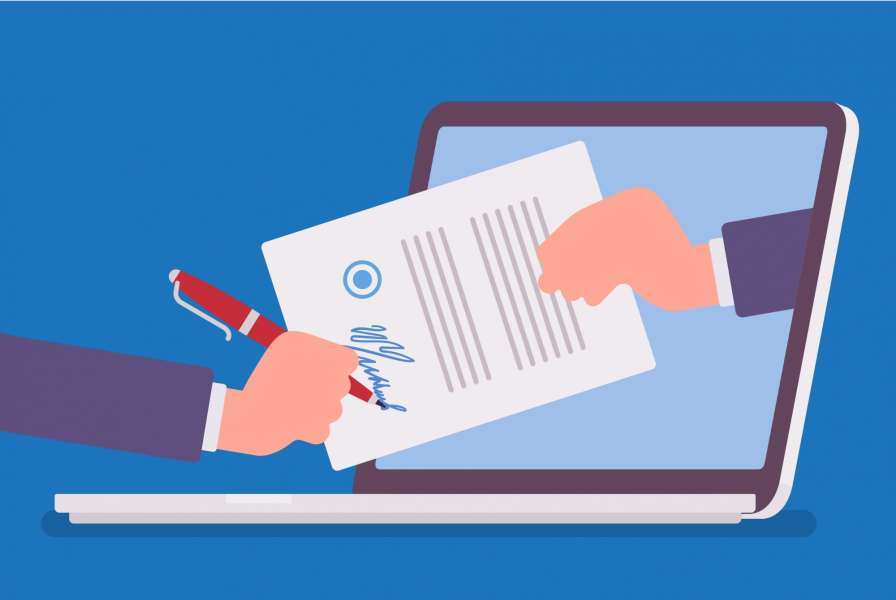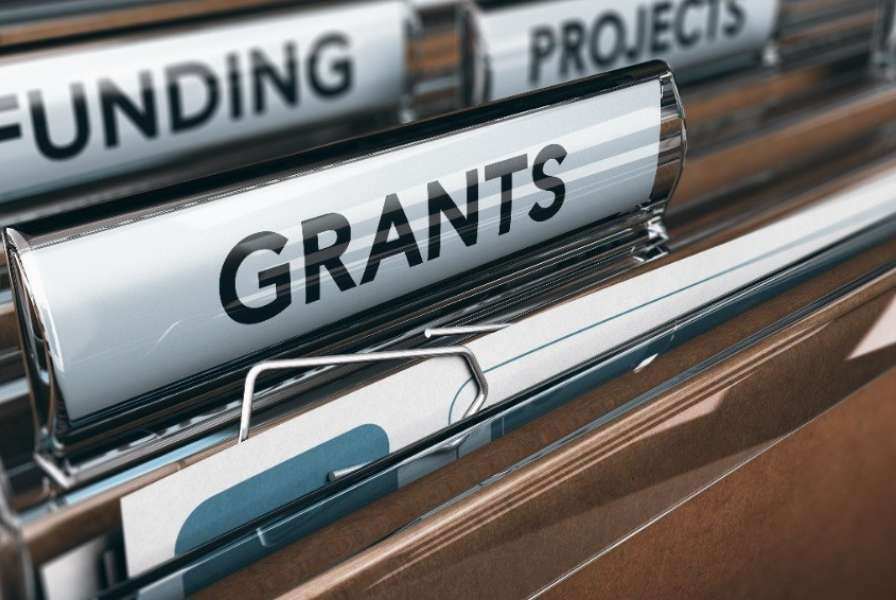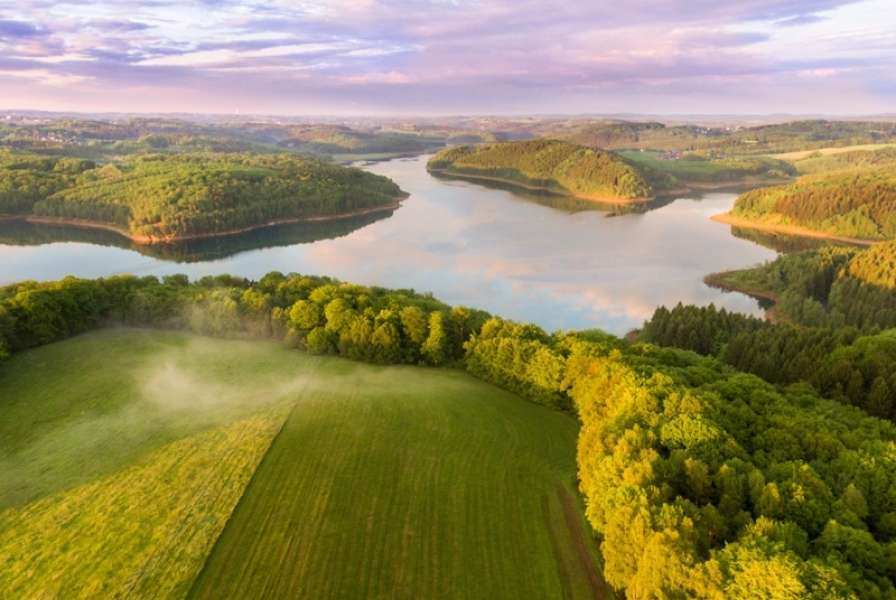Grants are a very special form of fundraising and they should be carefully and fully considered, especially for larger and/or longer-term projects. Grants are available from the government, foundations, and corporations; they are diverse and plentiful, available in all shapes and sizes. But, they can be challenging to obtain, and will require thorough research and preparation on your part to compete, and win, against others who will be pursuing the grant. Be aware that a majority of grants require applicants to be nonprofit groups with a 501(c)3 status. Be sure to find this out in advance.
A great starting point to learn about grants is through conversations with your network and time spent searching the Internet. The Foundation Center, www.foundationcenter.org, is a leading source of information about philanthropy and provides data, analysis and training, including a comprehensive database on U.S. grantmakers.
Initially, seek out grantmakers focused on children's play, inclusive play, and playgrounds, but also researched and reach out to those supporting education, physical fitness, health and wellness, outdoor recreation, and community development, as your play and recreation project may be positioned to connect to these outcomes as well. Set alerts in your search engine to facilitate the process, and be focused and persistent in your search efforts.
Just as you did with solicitations for donations and pledges, you will need to research each grantmaker's goals and guidelines to understand if your project fits their philanthropic mission, vision, and requirements. You have to be thorough to beat out the competition. You have to be patient as turnaround times for award and disbursement can be lengthy. Demonstrate your research and preparation by utilizing the drawings, cost estimates, community outcome goals, and tools developed in the other Blueprint for Play guidebooks to show how your play space will benefit the largest group of people, how outcomes will be achieved, and how it will remain meaningful and relevant in the future.
Remember, each foundation will have a specific process for application. Their websites will provide detailed grant writing policies and procedures for you to review. Being aware of these procedures will prevent unnecessary work and ensure you are communicating with funders in their preferred method. In some cases, you can gain further insight by reviewing grant applications that were actually awarded funding. Finally, be sure to write each application in language that speaks to that funder's goals and mission. One of the worst things you can do is create one application, then send it to multiple foundations. You need to carefully craft your appeal, so they identify with your goal as one they wish to align with. Do your homework!
Gathering Background Information
The first thing you will need to do in writing the proposal is to gather information to help make the actual writing much easier. Involve other stakeholders to provide additional opportunities to excite and energize the community in the grant process. To be ready to move forward you should develop a statement on the history and mission of your organization, so you can adequately articulate a description of what you do. Include organizational charts, your mission statement, and brief bios of your key staff members.
You should also create a brief description of current projects you are involved with. This helps show your group's ability to execute programs, as well as provides insight into your current level of service to the community. Be sure to document any special accomplishments, awards, and recognition your group has received.
Your job of grant writing will be much easier if you have a thorough understanding of your organization and have the key information ready to include in your proposals.
Concept
Funders will want to know that you have a good sense of how the project fits into their philosophy and mission, as well as that of your community, including the need it will fulfill. They will need to be convinced that the case for the project is compelling. Perhaps funding the construction or renovation of your playground does not appear to fit a foundation's guidelines, but with a targeted approach, the results may attract the foundation's core belief. Consider these scenarios with different approaches to the same end result:
- Inclusion: Are you increasing community participation through the construction of an playground to promote usage by people of all abilities? Is this the first playground in the community to do so?
- Confidence/Skill building/Experience: Are you planning to involve at-risk youth or young adults in the process, giving them job experience and skills that can be used to further their future?
- Health Improvement: What about the trends toward child obesity? Perhaps your playground is part of a program to refocus children away from sedentary activities or scheduled play events.
The important thing is to know your funder, and be sure you tailor your proposal to meet their criteria. Much like an employer receives resumes, they receive hundreds of applications, and this written information is all they will have to decide whether to further the process. Determine how your proposal will get their attention.
Components of a Proposal
As part of the actual proposal, you will need to address the following program information, so be sure to gather it as part of the preparation process.
-
- Nature of the project and how it will be conducted
- Timetable for the project
- Anticipated outcomes and how best to evaluate the result
- Staffing and volunteer needs, including deployment of existing staff and new hires.
Program & Expenses
Include a high-level project budget to help the funder see how projected expenses will deliver desired outcomes. Ensure the funder knows you have been thoughtful regarding sustainability of the project, evaluating funding needs related to designing, building, maintaining, operating and fully leveraging the project after it has been opened. Park or school staff, friends groups volunteers, and organizations with the community can all play a part in sustainability. Always pay attention to see if there is a matching fund component in the grant so the group can understand the financial implications on the front end.
Executive Summary
The first page of the proposal is the most important section of the entire document, it summarizes all of the key information and is designed to convince the reader that this project should be funded. Be certain to include the following:
-
- Problem
- Solution
- Funding requirements
- Your organization and its expertise
- Measurable outcomes
- Partnerships, if applicable


